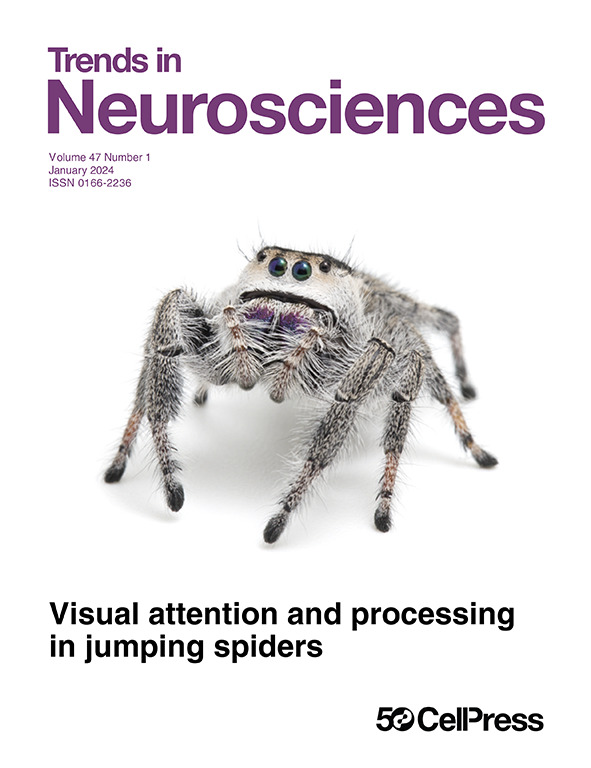抑郁症风险的可操作神经标记?
IF 14.6
1区 医学
Q1 NEUROSCIENCES
引用次数: 0
摘要
寻找抑郁症的神经标志物仍然充满挑战。尽管取得了一些进展,但神经成像结果一般都没有产生可操作的发现,而这些发现可能会改变我们对这种疾病的理解和治疗方法。然而,在最近的一项研究中,Lynch 及其同事发现前额纹状体显著性网络的扩大是一种可重复的、类似于抑郁症特质的标志物。本文章由计算机程序翻译,如有差异,请以英文原文为准。
Toward actionable neural markers of depression risk?
The search for neural markers of depression remains challenging. Despite progress, neuroimaging results have generally not yielded actionable findings that could transform how we understand and treat this disorder. However, in a recent study, Lynch and colleagues identified enlargement of the frontrostriatal salience network as a reproducible, trait-like marker of depression.
求助全文
通过发布文献求助,成功后即可免费获取论文全文。
去求助
来源期刊

Trends in Neurosciences
医学-神经科学
CiteScore
26.50
自引率
1.30%
发文量
123
审稿时长
6-12 weeks
期刊介绍:
For over four decades, Trends in Neurosciences (TINS) has been a prominent source of inspiring reviews and commentaries across all disciplines of neuroscience. TINS is a monthly, peer-reviewed journal, and its articles are curated by the Editor and authored by leading researchers in their respective fields. The journal communicates exciting advances in brain research, serves as a voice for the global neuroscience community, and highlights the contribution of neuroscientific research to medicine and society.
 求助内容:
求助内容: 应助结果提醒方式:
应助结果提醒方式:


